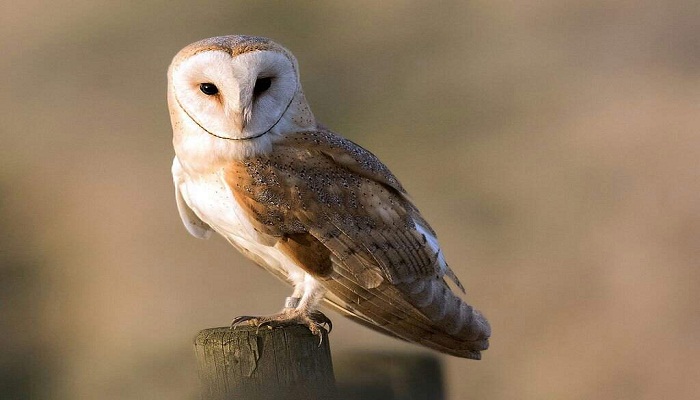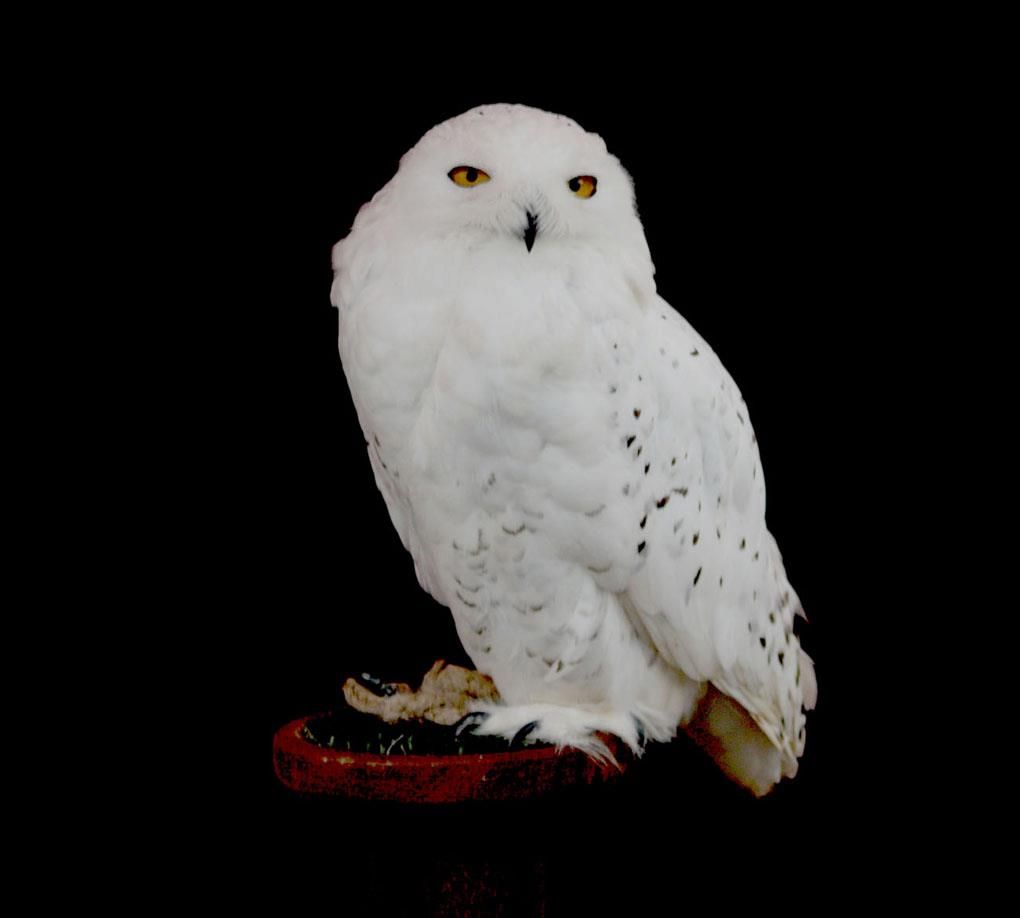
(Cuba) (Hispaniola) (Bahamas) (Cuba) Range (mean) n Range (mean) n Range (mean) n Range (mean) n Measurement Tyto cravesae Tyto ostologa Tyto pollens Tyto noeli pollens, but consistently less robust, carpometacarpus proportionately shorter than in other species, tarsometatarsus with expanded fossa parahypotarsalis medialis. Larger than Tyto noeli, slightly smaller, or similar in size to some specimens of T. We have also examined uncatalogued fossils of various elements of this species from three localities in the Dominican Republic in the collections of the Florida Museum of Natural History, Gainesville (see Steadman & Hilgartner 1999).Įmended diagnosis. Tarsometatarsus: nearly complete left (USNM 543276, lacking inner calcaneal ridge USNM 543302, lacking fragments of shaft and part of trochleae for digits II and IV), proximal third of left (USNM 543311, with travertine), proximal left (USNM 10746, holotype USNM 543310, lacking external cotyla and intercotylar prominence USNM 543312, lacking inner calcaneal ridge), distal half of left (USNM 543306, partially abraded and lacking trochlea for digit-IV 543307, external side only preserved), distal left (USNM 543303–543304 USNM 543308–543309, with travertine), nearly complete right (USNM 543313, juvenile, lacking trochlea for digit III and inner calcaneal ridge- 543314, lacking proximal end and trochlea for digit III 543317, lacking external cotyla and trochleae, with travertine), proximal half of right (USNM 543318), proximal third of right (USNM 543315, lacking intercotylar prominence and inner calcaneal ridge), proximal right (USNM 543320, fragmentary USNM 543322–543324, all fragmentary), distal right (USNM 543316, lacking trochlea for digit IV, with travertine USNM 543319 USNM 543321 USNM 543325, lacking trochlea for digit IV), trochleae for digits II and IV (USNM 10747, paratypes). Tibiotarsus: proximal half of left (USNM 543346, lacking cnemial crests- 543347), proximal third of left (USNM 543349, fragmentary), proximal left (USNM 543348, fragmentary USNM 543350, lacking inner cnemial crest), distal half of left (USNM 543351 USNM 543353, lacking posterior portions of external condyle), distal left (USNM 543356–543357, lacking posterior portions of condyles USNM 543279), proximal right (USNM 543345, lacking distal third and cnemial crests), distal right (USNM 543355 USNM 543358, juvenile and fragmentary). Femur: complete left (USNM 543284 USNM 543301, with travertine), nearly complete left (USNM 543293, lacking proximal end), proximal half of left (USNM 543290, juvenile– 543291 USNM 543295, without trochanter), proximal end of left (USNM 543288, fragmentary- 543289 USNM 543299– 543300), proximal fragment of left (USNM unnumbered, juvenile), distal left (USNM 543287 USNM unnumbered, without condyles), complete right (USNM 543277, abraded USNM 543283, abraded USNM 543286 USNM unnumbered, juvenile), incomplete right (USNM 543285, lacking distal end), proximal right (USNM 543296), distal right (USNM 543281 USNM 543294, with travertine USNM 543297, fragmentary lacking condyles- 543298). Carpometacarpus: nearly complete left (USNM 543378–543379, both abraded and lacking metacarpal III), proximal half of left (USNM 543384–543385), right (USNM 543282, lacking metacarpal III and part of distal symphysis), proximal half of right (USNM 543380–543382), proximal right (USNM 543383), distal half of right (USNM 543386–543387, both abraded and lacking metacarpal III). Humerus: proximal third of left (USNM 543374–543375), proximal left (USNM 543376), shaft of left (USNM 543368), proximal third of right (USNM 543373), proximal shaft of right (USNM 543369), distal right (USNM 543370, with travertine- 543372 USNM 543377, juvenile). Coracoid: complete left (USNM 543279 USNM 543360, fragmentary USNM 543367), scapular half of left (USNM 543362–543363), scapular end of left (USNM 543364), shaft of left (USNM 543361), complete right (USNM 543278), scapular end of right (USNM 543365), sternal half of right (USNM 543366).



Proximal end of left tarsometatarsus USNM 10746. Michel de L’Atalaye, Republic of Haiti ”). Tyto ostologa Wetmore, 1922: 2 (type locality “large cave northeast of St. Hispaniolan Giant Barn Owl Lechuza Gigante de La Española (Figs.

Tyto ostologa Wetmore Tyto ostologa Wetmore


 0 kommentar(er)
0 kommentar(er)
